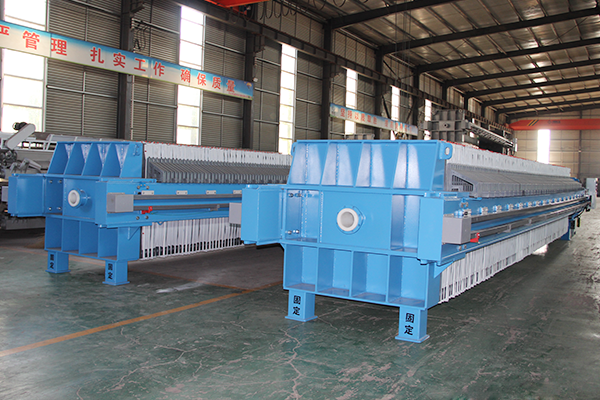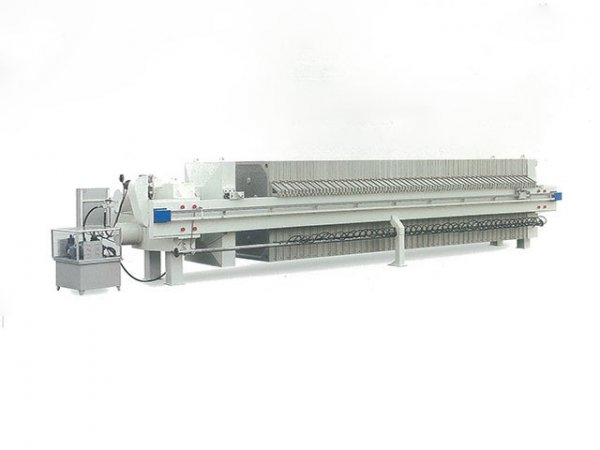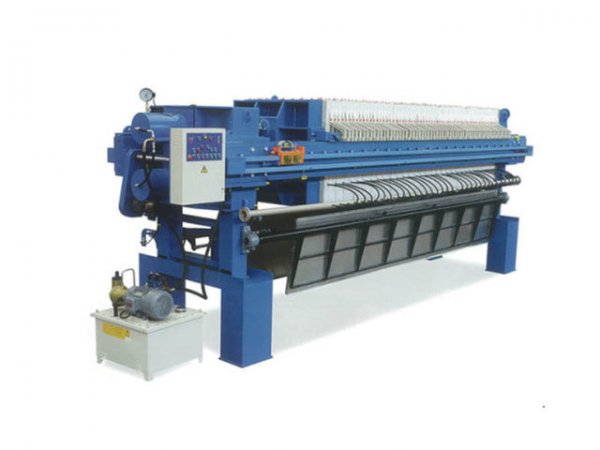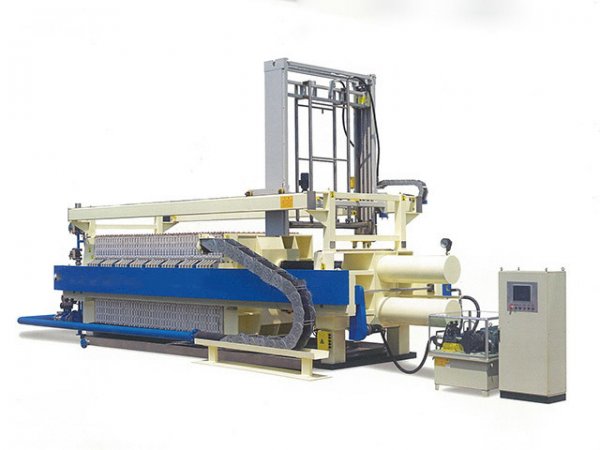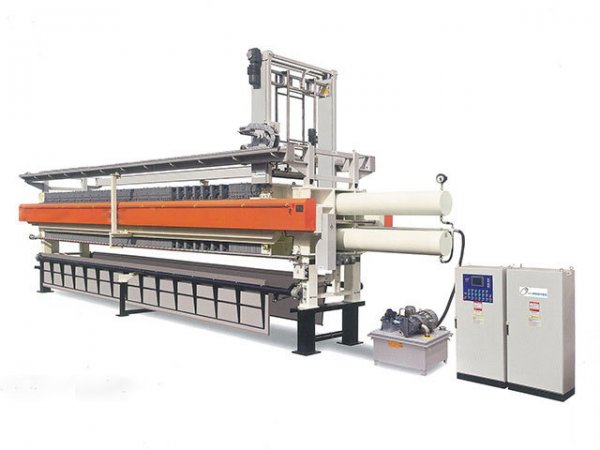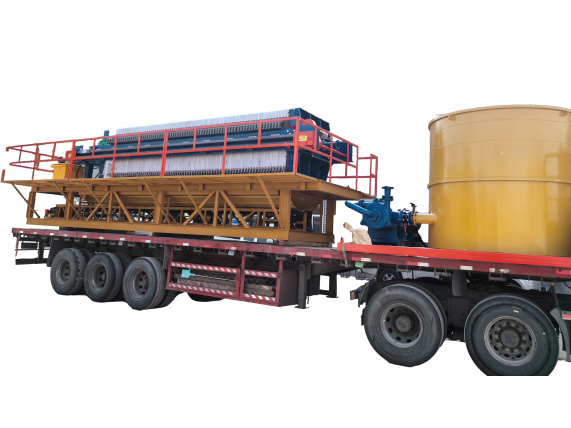NewsDetails
How to Choose the Right Size of Hydraulic Filter Press
author:Shuangcheng time:2025-11-09 04:21:02 Click:98
For manufacturers and plant engineers, hydraulic filter press sizing is a critical decision that affects throughput, cake dryness, and operating costs. When you source equipment from a China supply channel or work with a China manufacturer that can provide bulk supply, getting the sizing right up front prevents costly retrofits and keeps production steady. This guide lays out a straightforward method to determine the proper filter press size, highlights the variables to test, and lists common mistakes to avoid.


Why Proper Filter Press Sizing Matters
A hydraulic filter press separates solids from liquids by applying pressure across filter plates. The “size” of a press isn’t just the physical footprint — it’s a combination of total filtration area, plate dimensions, chamber volume, and pressure capability. Choosing the wrong configuration can mean longer cycle times, incomplete dewatering, or unnecessary capital expense. Correct sizing improves efficiency, reduces energy use, and makes maintenance predictable.
Main Factors to Consider When Sizing
When defining the right filter press size, evaluate these core elements:
Slurry Volume and Solids Content
Estimate how much slurry you need to process per shift or per day and measure its percent solids. Higher solids loads typically require more filtration area or more frequent cycles.
Target Cake Moisture
Decide the acceptable moisture level of the cake. Lower moisture targets often need higher squeezing pressures (or membrane plates), which influences the press frame strength and hydraulic system specifications.
Desired Throughput and Cycle Time
Throughput goals determine how many cycles per hour you need. If you must process a large daily volume with short cycles, a larger press (or multiple presses) will be necessary.
Particle Size and Filtration Rate
Fine particles and high-viscosity slurries slow filtration. Lab tests that measure filtration rate per unit area are essential input for calculating required plate area.
Plate Size and Number of Chambers
Plate dimensions (e.g., 400×400 mm up to 1500×1500 mm) affect per-cycle capacity. More plates increase total area but also require stronger hydraulic systems and more floor space.
Step-by-Step Sizing Procedure
Follow this pragmatic approach to arrive at a defensible sizing decision:
1.Gather Process Data
Collect slurry flow rates, solids percentage, particle size distribution, desired cake dryness, and available operating hours.
2.Run Laboratory or Pilot Tests
Perform bench filtration or pilot trials to determine filtration rate (volume filtered per m² per minute) and cake formation behavior.
3.Calculate Daily Required Filtration Area
Use the formula:Required Area = (Daily Slurry Volume × Solids Fraction) / (Average Filtration Volume per m² per Cycle × Cycles per Day)
This gives you the total m² of plate area needed.
4.Choose Plate Size & Count
Divide total area by candidate plate area to get an approximate number of plates. Factor in practical limits — very high plate counts increase complexity and maintenance time.
5.Specify Hydraulic Pressure & Frame Strength
Match the press’s nominal pressure rating to your cake dryness needs. Add margin for safety and wear.
6.Confirm Layout & Handling
Consider space for cake discharge, plate washing, and operator access. Ensure feed pumps and piping match the press inlet requirements.
7.Request Vendor Sizing Verification
Share your calculations with a China manufacturer or supplier; experienced factories can validate assumptions and offer optimized plate configurations or membrane options. If you require bulk supply, confirm lead times and production capacity.
Common Sizing Mistakes to Avoid
·Relying solely on theoretical volume without test data — real slurry behavior often differs.
·Undersizing hydraulic capacity — the pump and cylinder must sustain the pressure required for target dryness.
·Ignoring maintenance accessibility — tight installations can raise downtime.
·Assuming one-size-fits-all plates — different industries and slurries need tailored cloth types and plate geometries.
Practical Tips to Improve Performance
·Use membrane squeeze plates when lower cake moisture is critical.
·Invest in quick-release plate systems to reduce maintenance time.
·Monitor cycle trends — increasing cycle times often indicate cloth fouling or feed changes.
·Work with suppliers that provide testing support and clearly documented performance data.
Why China Manufacturers Are a Viable Source
Many modern China manufacturers offer competitive engineering, strict quality control, and customization options. When aligned with a capable factory, you gain access to proven plate designs, hydraulic systems rated for heavy duty use, and the ability to arrange bulk supply for large projects — all of which lower total cost of ownership while meeting performance targets.
Conclusion
Choosing the correct hydraulic filter press sizing requires combining empirical test data with clear production objectives: throughput, cake dryness, and available operating time. Follow a measured sizing process — test slurry behavior, compute required filtration area, and validate plate configuration — then finalize specifications with a trusted supplier. Sourcing from an experienced China supply channel or China manufacturer that can handle bulk supply streamlines procurement and helps ensure your press performs reliably long term.
References
GB/T 7714:Liu H, You K. Optimization of dewatering process of concentrate pressure filtering by support vector regression[J]. Scientific Reports, 2022, 12(1): 7135.
MLA:Liu, Huizhong, and Keshun You. "Optimization of dewatering process of concentrate pressure filtering by support vector regression." Scientific Reports 12.1 (2022): 7135.
APA:Liu, H., & You, K. (2022). Optimization of dewatering process of concentrate pressure filtering by support vector regression. Scientific Reports, 12(1), 7135.
 Recommended Products
Recommended Products
 Contact us
Contact us
—— Contact:Manager
—— Tel:+86 16632826789
—— Email:sales@hbscfilterpress.com
—— Url:https://www.hbscfilterpress.com
—— Address:West Zone of Economic Development Zone, Fucheng County, Hengshui City, Hebei Province

